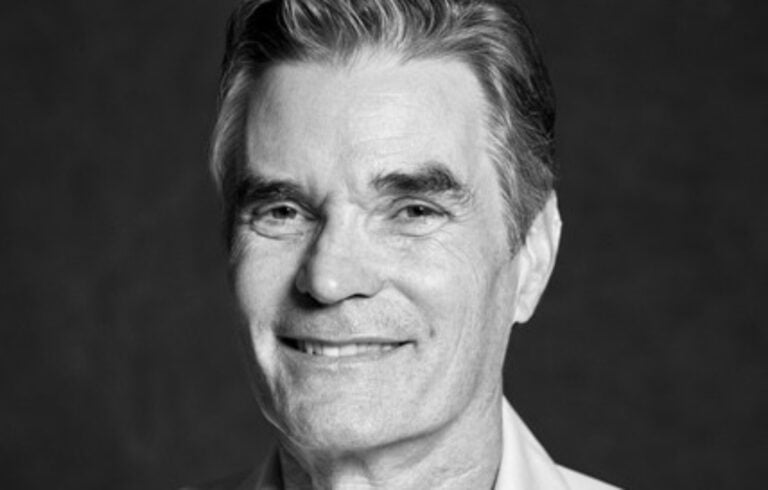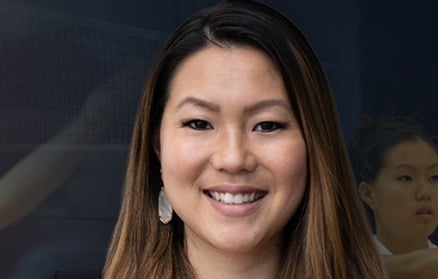
Part I: How To Use Your “New” CFO
Part II: Managing a CEO’s Scarcest Resource -Time
Part III: Transform Your Techie
Coming in future issues:
When and how should you blog…if at all?
How to get the most from your HR chief
Among the residents of the C-suite, the position of chief marketing officer (CMO) may be the most tentative. The tenure of CMOs at consumer-branded companies has averaged only 23 months over the past three years, according to an annual survey by executive-search firm Spencer Stuart. Some industries are particularly brutal. CMOs in the food industry are looking at about a year; in telecommunications, it’s 15 months. These grim statistics mean that the typical CEO (whose average tenure runs 54 months) will go through more than two CMOs.
Meet a CEO who went through three CMOs in eight years before figuring out that the problem was not with the CMOs but closer to home. “I’ve learned some good lessons and I’m now doing something totally different with my current CMO,” says Joseph “Bud” Haney, president of Profiles International, a Waco, Texas-based provider of human resource management assessment tools. “My biggest sin was that I spent more time with the CSO [chief sales officer] than the CMO because I had the mistaken belief that sales, which drive revenues, was more important than marketing, which was just another cost center,” Haney says. He agrees this is a terrible message for any CEO to send because it sets up a hierarchy that is destructive to both revenue and profitability. Results markedly improved when Haney began to treat the marketing function more as an investment than a cost. “I now not only regard marketing as important as sales, I meet with the CMO one-on-one every week,” he says.
That was one of three big changes that Haney implemented when he brought Dario F. Priolo on board as CMO more than three years ago. The first was to include the CMO, along with the CEO, COO, CFO, CSO and corporate EVP, in the strategic planning team. The team meets weekly for a working lunch, focusing on initiatives to take the company to the next level. Making the CMO a full member of the strategic planning team was something Priolo negotiated when he signed on—not that it required much negotiation. CEO Haney was totally on board. “Strategic exposure is critical to CMO success,” Priolo explains. “It’s easy for the marketing role to be absorbed into other organizational functions, but to help the company understand customer behavior to drive revenue and profitability, marketing has to be fully integrated.”
Great CMOs develop analytics that create customer intimacy.
In the second change, the CEO meets with weekly with the CMO and the CSO to anticipate and iron out the natural tensions between the functions. (CSO: “The marketing leads suck.” CMO: “The sales reps suck.”) “The meetings remind us that we’re all pulling together to be successful,” says Haney. “My goal is less to show numbers and point fingers, but to solve problems.” Third, Haney meets weekly with just Priolo for at least two hours to talk marketing. Typically, the meetings start with a presentation from the CMO to review performance for the week before they walk through the key branding and promotion initiatives. “This goes to building and maintaining credibility and holding marketing accountable for the goals we set,” Priolo says. “The metrics must be transparent and in place to demonstrate that marketing activity drives sales. If CMOs can’t do that, they are not qualified to do the job.”
The era of Don Draper, the flamboyant advertising maven of Mad Men, is dead, says James R. Abrahamson, president, the Americas, InterContinental Hotels Group (IHG), the world’s largest hotel group by number of rooms. “The relationship between the CEO and the CMO is, in a true sense, a business partnership. Today, the CMO has to combine an intimate knowledge of business drivers with a strong technical knowledge of the levers available to influence those drivers.”
Thus, it is no surprise that IHG’s CMO comes to the position as a domain expert. Previously, Eric Pearson, a 14-year veteran of IHG, was responsible for overseeing the hotel chain’s worldwide channels, including reservation centers, e-commerce and global revenue management. While his degree is in electrical engineering, Pearson describes himself as a hybrid marketer who manages business interdependencies. “It’s no longer su”cient for the CMO to be the brand evangelist,” Pearson says. “Everyone has to be accountable for developing and driving the brand.” Great CMOs develop analytics that create customer intimacy. They know who is clicking, converting and buying. There is no position within the company better situated to develop the deepest understanding of customer behavior and integrating the voice of the customer across company functions. This requires CMOs who recognize their influence comes not from hoarding information but spreading it around.
If CEOs want better brands, they need better CMOs. They need to cultivate CMOs who are respected because they demonstrate that their understanding of customer behavior is comprehensive. Ultimately, in order to succeed, CMOs must be secure enough to strategize for the long-term. Revolving doors keep CMOs focused on short-term fixes and keeping their resumes up to date.
The high turnover of CMOs is a complex problem—one that CEOs can combat by deterring other top executive who regard themselves as marketing mavens from micro-managing the CMO. CIOs rarely have this problem. No one notices the CIO in the elevator and says, “Hey, I was thinking about scaling up our data architecture and I’d like to talk to you about an idea I have.” But the CMO is constantly on the receiving end of suggestions and critiques. Ultimately, it comes down to trust. If CMOs believe the CEO has his or her back, they will focus on building the company’s brand and logo instead of their resumes.
“Trust is the critical attribute for an empowered CEO-CMO partnership,” says Aaron Magness, brand marketing and business development director of Zappos.com Inc. “If CMOs feel empowered to make decisions that are best for the brand, they will do whatever it takes to make sure the brand is held in the highest regard. They’ll always put the brand first.”
Read: CMO’s: Good to Great
Read: Do’s and Don’ts from a Disgruntled CMO
Read: Where Do CMOs Come From?




0

1:00 - 5:00 pm
Over 70% of Executives Surveyed Agree: Many Strategic Planning Efforts Lack Systematic Approach Tips for Enhancing Your Strategic Planning Process
Executives expressed frustration with their current strategic planning process. Issues include:
Steve Rutan and Denise Harrison have put together an afternoon workshop that will provide the tools you need to address these concerns. They have worked with hundreds of executives to develop a systematic approach that will enable your team to make better decisions during strategic planning. Steve and Denise will walk you through exercises for prioritizing your lists and steps that will reset and reinvigorate your process. This will be a hands-on workshop that will enable you to think about your business as you use the tools that are being presented. If you are ready for a Strategic Planning tune-up, select this workshop in your registration form. The additional fee of $695 will be added to your total.

2:00 - 5:00 pm
Female leaders face the same issues all leaders do, but they often face additional challenges too. In this peer session, we will facilitate a discussion of best practices and how to overcome common barriers to help women leaders be more effective within and outside their organizations.
Limited space available.

10:30 - 5:00 pm
General’s Retreat at Hermitage Golf Course
Sponsored by UBS
General’s Retreat, built in 1986 with architect Gary Roger Baird, has been voted the “Best Golf Course in Nashville” and is a “must play” when visiting the Nashville, Tennessee area. With the beautiful setting along the Cumberland River, golfers of all capabilities will thoroughly enjoy the golf, scenery and hospitality.
The golf outing fee includes transportation to and from the hotel, greens/cart fees, use of practice facilities, and boxed lunch. The bus will leave the hotel at 10:30 am for a noon shotgun start and return to the hotel after the cocktail reception following the completion of the round.